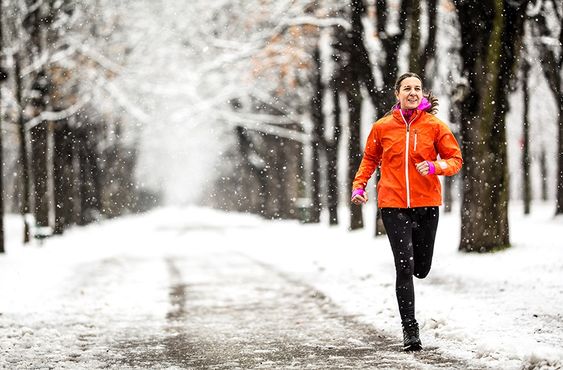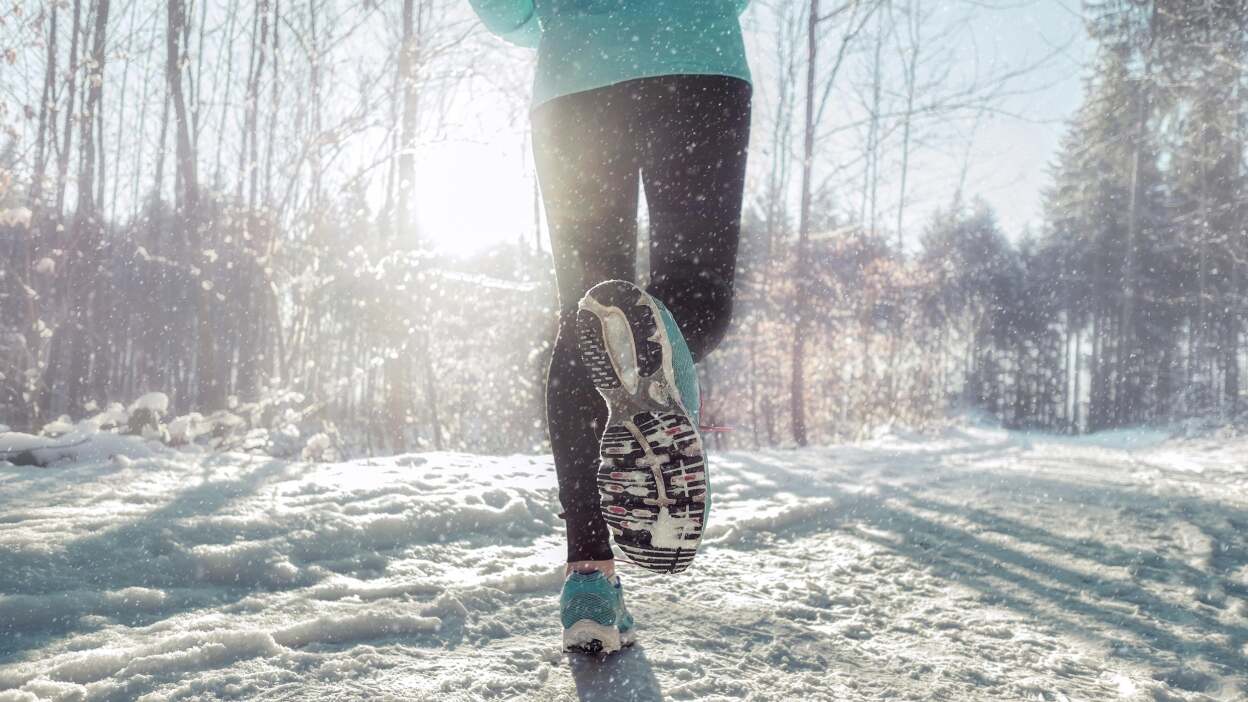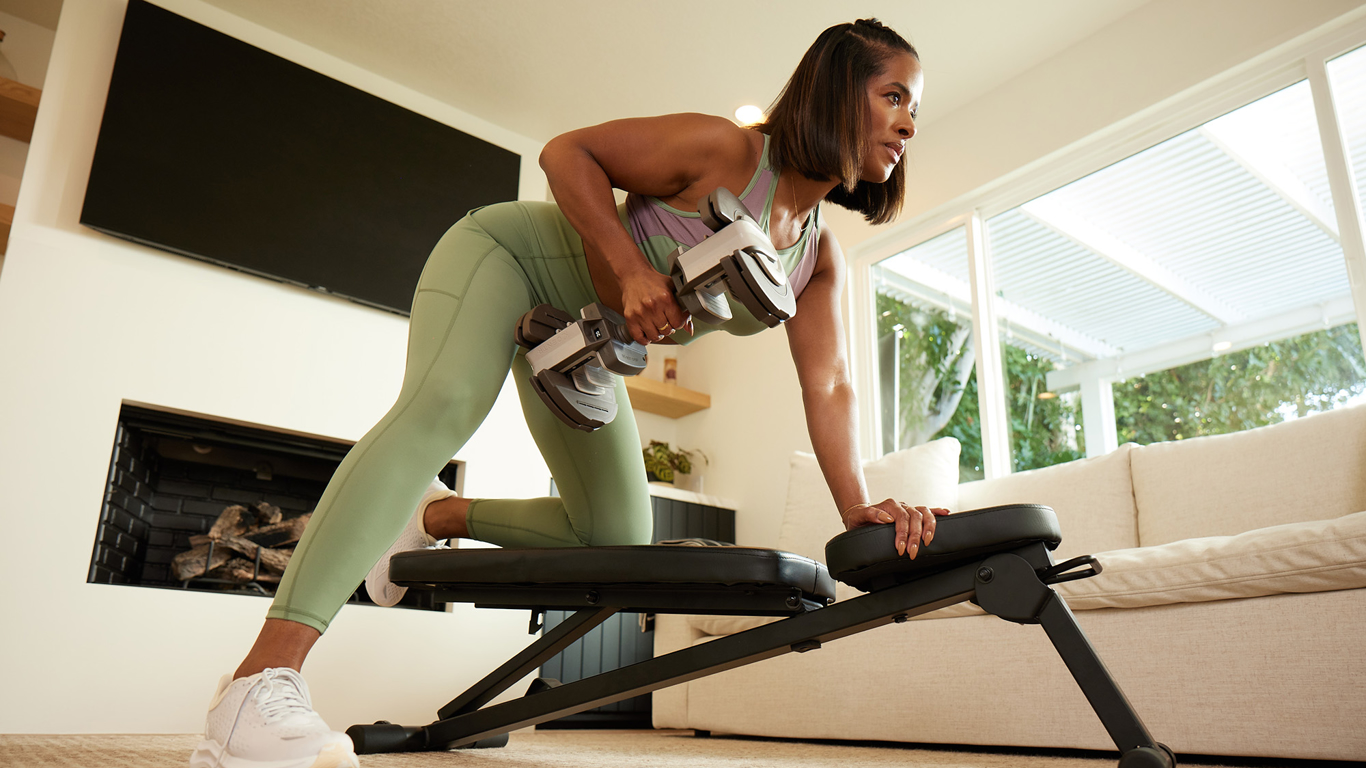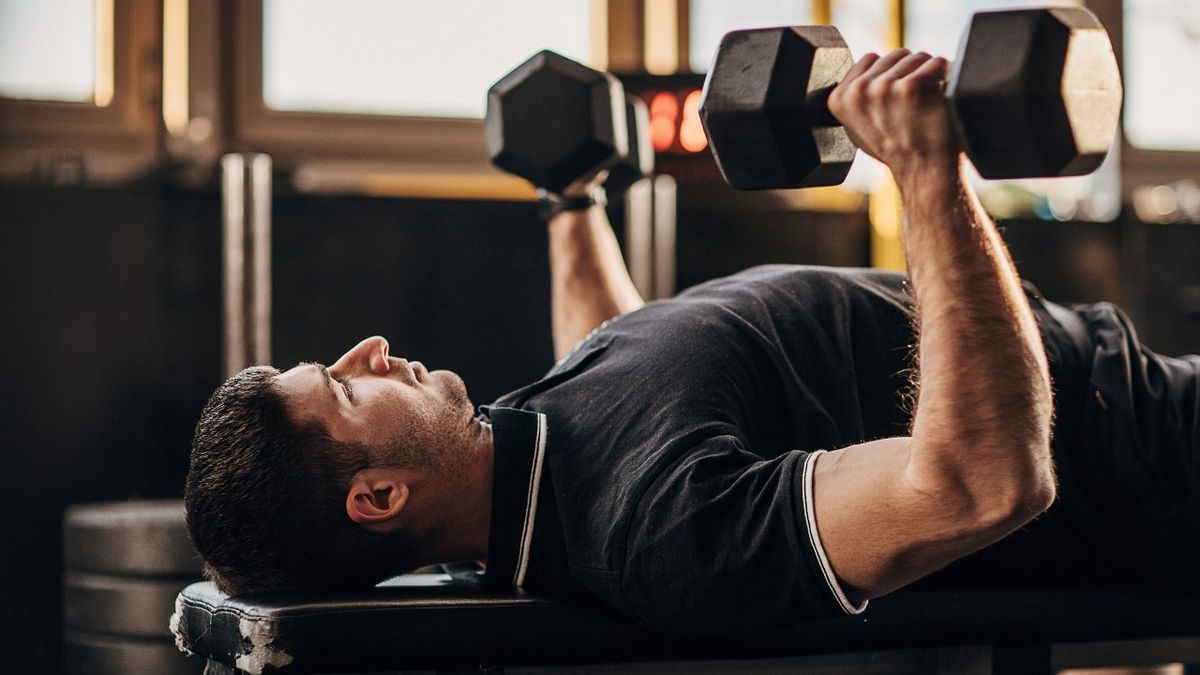Winter can make it tough to stay active, but that doesn’t mean you should give up on your fitness goals. You can keep your body moving and your mind sharp, no matter how cold it gets outside. Finding ways to stay active during these months is crucial for your physical health and can greatly boost your mental well-being.
Consider incorporating indoor workouts if outdoor activities feel less appealing. At the same time, don’t overlook the joy and challenge of winter sports like skiing or snowshoeing. Making a plan and staying motivated through the season will help you reap the benefits of physical activity while enhancing your mood and cognitive function.
As you embrace these winter months, remember that every bit of movement counts. Small changes can lead to big improvements in your health and happiness, making winter a time for growth rather than stagnation.
Key Takeaways
- Staying active in winter supports both physical and mental health.
- Indoor and outdoor activities can keep you motivated and engaged.
- Proper nutrition and hydration are essential for maintaining energy and focus.
Understanding the Importance of Physical Activity
Staying active during winter is essential for your physical and mental wellness. Regular exercise can help boost your immune system, enhance cognitive function, and improve your mood when it’s cold outside.
Boosting Your Immune System During Flu Season
Physical activity plays a vital role in strengthening your immune system. When you engage in regular cardio, your body increases the circulation of immune cells. This helps your body fight off infections and reduces the risk of illness during flu season.
Aim for at least 30 minutes of moderate exercise most days. This can be brisk walking, dancing, or anything that gets your heart rate up. Drinking enough water is also important; hydration supports your immune function.
Incorporate exercises that allow you to enjoy fresh air, like sledding or snowshoeing. Even indoor options like yoga or cycling can keep you active and healthy during winter.
Maintaining Cognitive Health in Colder Months
Exercise is as good for your brain as it is for your body. Regular physical activity can improve your cognitive function and reduce feelings of stress and anxiety during the winter months.
Moving your body increases blood flow to the brain. This boost helps with memory, focus, and overall mental sharpness. You can choose activities like group classes or home workouts to keep your mind engaged.
Try to mix aerobic exercises with strength training each week. Activities like dancing, running, or even playing sports can stimulate your brain and help manage seasonal mood changes. Keeping active can also lead to better sleep, which is essential for cognitive health.
Indoor Exercise Strategies
Staying active indoors during winter is key to maintaining your fitness. You can follow structured workouts at home or hit the gym to stay on track with your exercise goals.
Home Workouts to Keep Fitness Levels High
Home workouts are a great way to stay fit without needing to go outside. You can choose from bodyweight exercises, resistance bands, or dumbbells. Here’s a simple routine:
- Warm-up: 5-10 minutes of light cardio (jumping jacks or jogging in place)
- Circuit: Repeat 2-3 times
- Push-ups: 10-15 reps
- Squats: 15-20 reps
- Plank: Hold for 30-45 seconds
- Lunges: 10-12 reps per leg
- Cool down: Stretch for 5-10 minutes
Make sure to adjust the intensity based on your fitness level. You can also use online videos for guided workouts, which can make exercising more engaging.
Gym-Based Activities for Cardio and Strength
Gyms offer varied options that enhance both cardio and strength training. Plan your workouts based on what equipment is available. Here’s a quick list of effective choices:
- Treadmill: Great for running or brisk walking. Aim for 20-30 minutes.
- Cycling: Use stationary bikes for a low-impact cardio workout.
- Weight Training: Focus on major muscle groups. Use machines or free weights for 3-4 sets of 8-12 reps.
Consider group classes like spinning or boot camps for extra motivation. Setting goals for each session helps maintain intensity and keeps you challenged. Make sure to stay hydrated and listen to your body throughout your workouts.


Outdoor Activities and Safety
Staying active in winter means being mindful of how to protect yourself while enjoying the outdoors. Focus on dressing appropriately and finding safe locations to exercise. These steps will help you stay active and healthy during the colder months.
Dressing for the Weather
When exercising outside in winter, wear layers. Start with a moisture-wicking base layer to keep sweat away from your skin. Next, add an insulating layer, such as a fleece, for warmth. Finally, top it off with a waterproof and windproof outer layer to shield against the elements.
Choose accessories like gloves, hats, and scarves to protect your extremities from the cold. Wear thermal socks to keep your feet warm while running or walking. Quality footwear is essential: opt for shoes with good grip to prevent slipping on ice or snow. Lastly, consider reflective gear to enhance visibility during short winter days.
Choosing Safe Locations for Outdoor Exercise
Select locations that are well-lit and free of ice or snow to reduce your risk of falls. Parks or paved paths that are regularly cleared are ideal for running or walking.
Always check the weather before heading out. If conditions are harsh, consider indoor options instead, such as gyms or community centers.
Stay aware of your surroundings. Carry a phone for emergencies and let someone know your plans. Look for opportunities to enjoy the sun, as it can boost your vitamin D levels, which are important for your immune system and overall health. Avoid isolated areas to ensure help is nearby if needed.
Nutrition and Hydration Tips
Maintaining good nutrition and hydration during winter is essential for your health and energy levels. Cold weather can lead to dehydration and nutritional gaps. Here are some tips to help you stay balanced.
Winter Hydration Habits
In winter, you might not feel thirsty, but your body still needs water. Dry air from heating systems can lead to dehydration. Aim for at least 8 cups of fluids a day, including water, herbal teas, and broths.
Consider carrying a reusable water bottle to remind yourself to drink regularly. Also, consume foods with high water content like:
- Fruits: oranges, apples, and berries
- Vegetables: cucumbers and celery
Avoid excessive caffeine and alcohol, as they can lead to dehydration. If you’re outdoors, protect your drinks from freezing by using insulated bottles.
Vitamins and Supplements for Overall Health
Winter often limits sunlight exposure, reducing your vitamin D levels. This vitamin is crucial for bone health and immune function. Aim for 600-800 IU of vitamin D daily. You can find it in:
- Fatty fish: salmon and mackerel
- Fortified foods: milk and cereal
Consider taking a vitamin D supplement, especially if you have limited sunlight exposure.
Additionally, focus on a balanced diet rich in nutrients. Consume plenty of:
- Fruits and vegetables: for vitamins and antioxidants
- Whole grains: for energy
- Lean proteins: for muscle repair
This balanced approach helps maintain your overall health during the colder months.
Planning and Motivation Techniques
Staying active in winter requires careful planning and motivation. Setting clear goals and maintaining a consistent routine can keep your energy up and help you reach your fitness targets.
Setting Achievable Goals
Start with specific, realistic goals. Instead of aiming to workout every day, choose three days a week. Break your goals into smaller steps to make them manageable. For example, set a goal to walk 30 minutes each session. Focus on areas that enhance balance and range of motion.
Make sure to track your progress. You could use a calendar or a fitness app to mark your workouts. Seeing your achievements can boost your motivation. Reward yourself when you hit milestones, like new workout gear or a treat. This creates a positive cycle that encourages you to keep going.
Keeping Exercise Consistent
To maintain consistency during colder months, create a schedule. Choose specific days and times for your workouts, just like other appointments. This can make it easier to stick to your routine.
Consider finding an exercise partner or group. Working out with others can keep you accountable, especially when your energy dips. Indoor options, like gym classes or home workouts, are also great for staying active.
Mix up your activities to keep them exciting. Try yoga, strength training, or even dance workouts. This variety not only maintains your motivation but also enhances your overall fitness, keeping your body well-rounded.
Frequently Asked Questions
Staying active in winter can raise several questions. This section addresses common inquiries and offers practical advice to help you maintain your fitness routine during the colder months.
What are effective indoor exercises for staying active during the winter?
Consider activities like yoga, pilates, or dance workouts. These can be done at home or in a studio. Bodyweight exercises, like push-ups, squats, and lunges, also work well indoors. Using resistance bands or dumbbells can add variety.
What are the advantages of exercising in cold weather?
Exercising in cold weather can boost your immune system. Cold air helps improve circulation and can enhance your mood. You may also find that workouts in the crisp air feel refreshing and invigorating.
Which types of winter clothing are best for outdoor exercise?
Layer your clothing for comfort and warmth. Start with a moisture-wicking base layer to keep sweat away from your skin. Add an insulating layer for warmth and a waterproof or wind-resistant outer layer to protect against the elements.
How can you prevent lethargy and stay motivated to work out during winter months?
Set realistic goals and create a workout schedule. Choose activities you enjoy to make it easier to stick with your routine. Consider working out with a friend to stay accountable and motivated.
What are some tips for working out in the morning when it’s cold outside?
Dress in layers to stay warm and bring a thermos with a hot drink for after your workout. Use a warm-up routine to prepare your body for exercise. Stay focused on your goals to make mornings less daunting.
Is there a tendency for people to exercise less during the winter, and how can this be countered?
Yes, many people exercise less in winter due to the cold and shorter days. To counter this, establish a consistent routine and integrate indoor activities. Try setting reminders to keep your fitness goals in sight.





